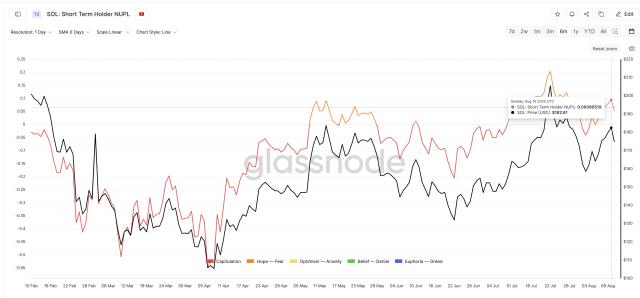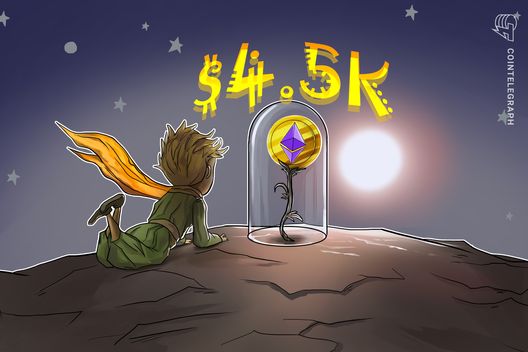$XMR, a privacy coin project with a market value of $6 billion, was actually 51% hash rate attacked by a small project @_Qubic_ with a market value of only $300 million? WTF, it's not because of superior technology, but because the situation is so absurd. Let me explain:
—— Who is Qubic?
Before telling this magical story, let's first understand what Qubic is.
Qubic's founder is Sergey Ivancheglo, known in the circle as Come-from-Beyond, a technical madman - he created the first PoS blockchain NXT and the first DAG architecture IOTA. In 2022, Qubic's mainnet went live, claiming to do three things: build a super-fast chain with 15.5 million transactions per second (2,000 times faster than Visa), transform mining hash rate into AI training power, and ultimately achieve AGI (Artificial General Intelligence) by 2027 (even OpenAI wouldn't dare to claim this). Sounds fantastical and outrageous, right? Why such ambition?
Everyone knows traditional POW mining is criticized for wasting electricity, as most mining mechanisms involve miners solving mathematical problems with power-consuming equipment to grab reward blocks, essentially wasting hash rate to exchange for rewards.
Qubic's new consensus is Useful Proof of Work (UPoW), allowing miners to mine for POW chains while training their AI system AIGarth under the dispatcher's coordination, essentially earning two incomes from one hash rate.
This is why they could easily buy out Monero's miners, as the rewards once reached three times the direct XMR mining income. Think about it, with miners able to eat multiple fish, what "loyalty" exists in the face of "interests"?
Alright, the underlying logic of Monero being attacked by this "vampire" has been explained with zero technical complexity.
—— A science popularization: Why Monero, not Bitcoin?
The answer lies in the difference in mining methods.
Bitcoin uses ASIC miners, specialized machines only for mining BTC, capable of solving SHA-256 mathematical problems or mining similar algorithmic coins. However, BTC mining hash rate competition is so intense that miners are stretched thin (24/7 operation), and using ASIC for AI training is impossible.
Monero is different, using the RandomX algorithm that allows mining with general CPUs, meaning miners can mine today, train AI tomorrow, and render videos the day after, truly multitasking.
Qubic's brilliance is targeting CPU miners, enabling "dual-use" machines, thus leading to this 51% hash rate attack or control event. Bitcoin's moat remains stable, with miners locked to ASIC miners, only able to guard Bitcoin;
—— Hash rate becomes mercenaries
How terrible are the consequences? It tears off the last fig leaf of some POW chains, because we always say "hash rate" is a chain's moat, with more hash rate meaning more security. But Qubic's eye-opening experiment tells us: for CPU/GPU mining coins, hash rate is just mercenaries, following whoever pays more.
More interestingly, after proving they could take down Monero, Qubic voluntarily withdrew. Why? Afraid of completely crashing Monero and affecting their own income. Because a significant part of the 3x income still comes from mining XMR, with $QUBIC only providing additional token rewards. If Monero crashes, Qubic can't escape either. Better to withdraw gracefully, create a spectacular marketing event, and humiliate POW's staunch followers - isn't this "I can kill you but won't" feeling as unbridled as their AGI slogan?
[The translation continues in this manner, maintaining the original tone and technical nuances while translating to English.]
One fish, many uses is the essence 😂
Yes, this is so interesting.







